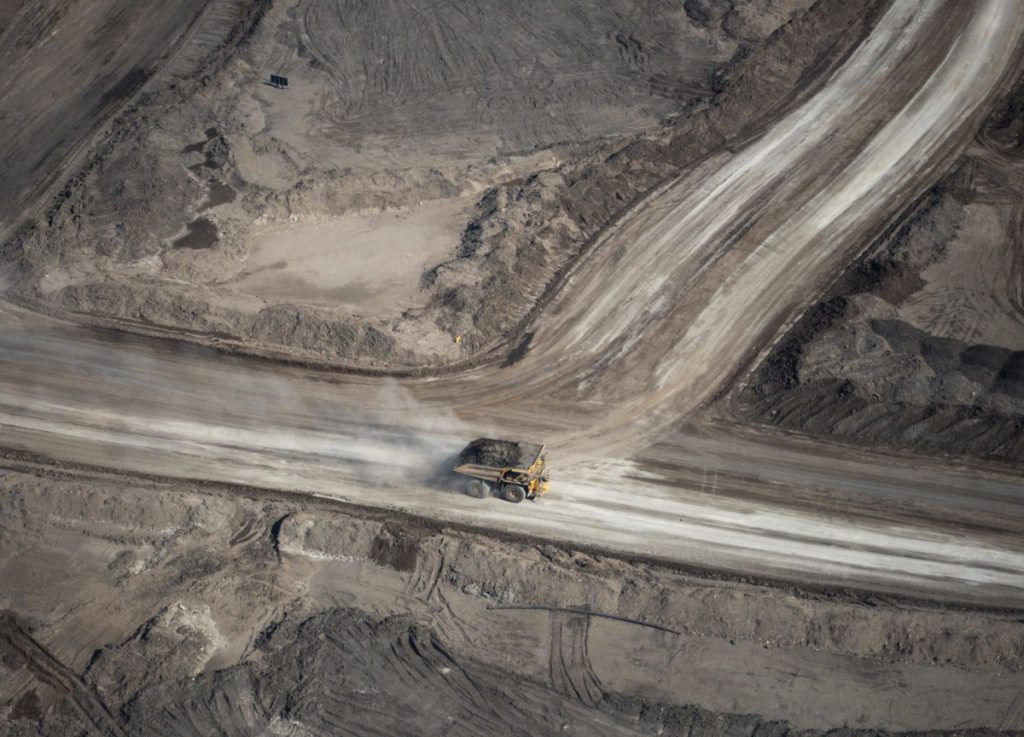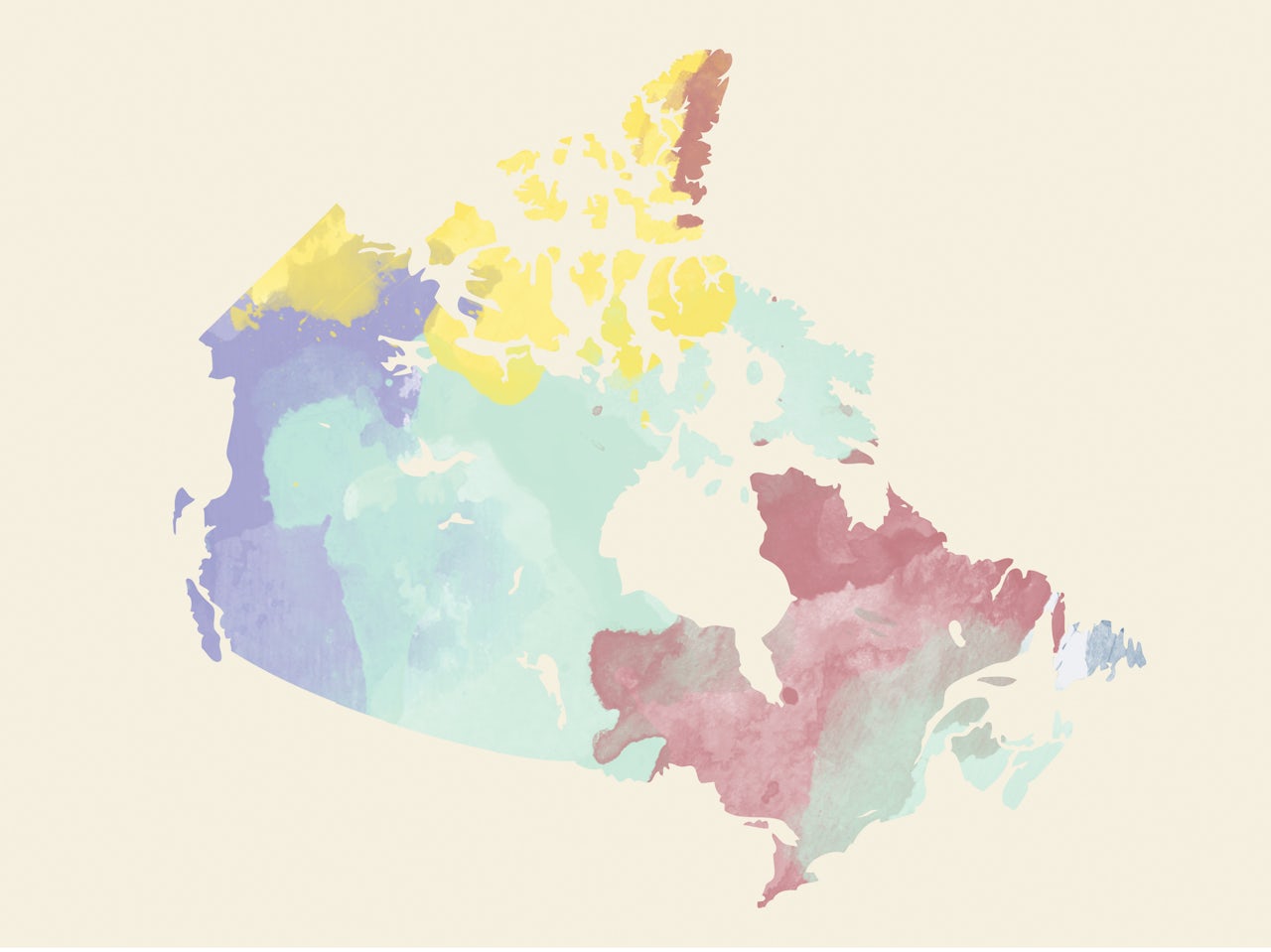Extraction Empire
Globally, more than 75% of prospecting and mining companies on the planet are based in Canada. Seemingly impossible to conceive, the scale of these statistics naturally extends the logic of Canada’s historical legacy as state, nation, and now, as global resource empire.

Canada’s Apartheid system
“This essay investigates a twofold theory that Canada’s Indian Reserve System served, officially, as a strategy of Indigenous apartheid (preceding South African apartheid) and unofficially, as a policy of Indigenous genocide (preceding the Nazi concentration camps of World War II). Specific flows of information, historic events, and spatial evidence over the past two centuries bring significant and substantial context to a poorly researched area of Canadian history, even as they offer an emergent lens on contemporary apartheid and genocidal research related to Indigenous peoples.”

Canada Council of the Arts
According to an article in Metalocus, Canada Council of the Arts announced its national theme for the 2016 Venice Biennale focusing on the countries complex ecologies of resources titled as “extraction”.
“With the opening of the 2016 Venice Architecture Biennale almost upon us, architects, curators and artists have already started to migrate to the city to unlock pavilion doors and sweep out the past six months of hibernation from the previous biennale season. This year, however, one pavilion has confirmed that it will remain closed – the Canadian Pavilion will not be opening its doors. Closure of the space has been attributed to a much-needed renovation, which has been mentioned by those who have exhibited in the space, specifically Shary Boyle at the 2012 Venice Art Biennale. Nevertheless, there are whispers that the political nature of this year’s entry may have been another reason to keep the pavilion shut. That said, Canada will be present by staking claim in the Giardini with a provocative installation entitled Extraction.”
“The installation outlines the strategic and expansive role that Canada has played in the mining industry, both at home and abroad. Canada’s involvement in worldwide mining extends long past its history as a nation. According to the curators, it can be traced back to the time of King John of England and the Magna Carta 800 years ago – a document which provided the proper legislation to separate surface rights from mineral rights, making the latter the domain of the Crown. Today it is the largest land owner in the world, having authority over 95% of Canadian lands.”

Extraction Empire
This book examines both the historic and contemporary Canadian culture of extraction, with essays, interviews, archival material, and multimedia visualizations. The essayists and interviewees—who include such prominent figures as Naomi Klein and Michael Ignatieff—come from a range of fields, including geography, art, literature, architecture, science, environment, and business. All consider how Canadian life came to be mediated through mineral extraction. When did this empire emerge? How far does it reach? Who gains, who loses? What alternatives exist? On the 150th anniversary of the creation of Canada by Queen Victoria's Declaration of Confederation, it is time for Canada to reexamine and reimagine its imperial role throughout the world, from coast to coast, from one continent to another.

Manifesto
Extraction defines Canada, at home and abroad. Of the nearly 20,000 mining projects in the world—from Africa to Asia to Latin America, more than half are Canadian-operated. Not only does the mining economy employ close to 400,000 people across the country, it contributed $52.6 billion to Canada’s GDP in 2012 alone. Globally, more than 75% of prospecting and mining companies on the planet are based in Canada. Seemingly impossible to conceive, the scale of these statistics naturally extends the logic of Canada’s historical legacy as state, nation, and now, as global resource empire. “Not only do imperial colonial powers redefine territories”, according to historian of science Suzanne Zeller, “they also breed new empires, replaying their cycles of dissemination and domination over and over again.” In other words, Canada has become a preeminent resource base and operating platform for the world’s mining industry. If, as Harold Innis described in 1930, “Canada supplied the British and American economies through the exploitation of its considerable bounty”, then it has now become Empire in its own right, home to a legion of its own surface mining firms whose practices reflect Canadian power and presence everywhere on the surface of the planet. As this extractive culture grows, the representation of these complex ecologies of extraction needs to be fully engaged, examined, and exhibited through new languages, discourses and forms of imagination as we move towards the 22nd century.
Opening a wider lens on the cultures of extraction, the project intends to develop a deeper discourse on the complex ecologies of resource extraction. From gravel to gold, across highways and circuit boards, every single aspect of contemporary urban life today is mediated by mineral resources. Through the multimedia language of film, print, and exhibition, the landscape of resource extraction—from exploration, to mining, to processing, to construction, to recycling, to reclamation—can be explored and revealed as the bedrock of contemporary urban life.
The Project
The project is a response to Canada’s contemporary culture and global economy of resource extraction. Canadian transnational corporations currently operate close to 9,000 mining projects worldwide, in nearly every country, continent, and ocean on the planet. As a multimedia initiative, the project explores the current and historic legacy of resource extraction from a Canadian perspective with an installation, film, and book featuring prominent creators and influential thinkers, past and present, on Canada’s global resource empire. Co-edited by Pierre Bélanger and Nina-Marie Lister, the book features an array of authors and scholars from across fields of landscape, urbanism, geography, arts, ecology, media, literature, architecture, engineering, science, industry, business and culture. The project will be launched at the Venice Architecture Biennale in 2016, then tour across a series of resource regions throughout Canada to mark the 150th anniversary of Confederation in 2017.
Extraction Empire: Undermining the Systems, States, and Scales of Canada’s Global Resource Empire, 2017–1217
Pierre Bélanger and Nina-Marie Lister
“Extraction redefines our understanding of urbanism in the twenty-first century. From gold to gravel, copper to coltan, iron to uranium, geological resources support every single aspect of human life. If everything we build comes from the ground, then extraction is the process and practice that reshapes our assumptions about the territories of urban economies. Either in the assembly of smartphones, the infrastructure of highways, or the prices of precious metals, the geological materiality of raw resources redraws the conventional extents by which we understand cities as the center of urban development. The territories of extraction cover more than eight percent of the planet, extending across the lands on which the majority of the world’s 1.5 billion indigenous people live. Where do these materials come from? How are they processed? Where do they go? How are nation states and corporations involved? These are fundamental questions of relevance to the emergence of a twenty-first-century resource urbanism. From surface rights above ground to mineral rights below ground, every dimension of urban life is mediated by the clash and convergence of resource extraction. It is our urban, political, and cultural ore.”


Canada is Fake
“But when I say that Canada is fake, I don’t mean anything so universal or theoretical. Canada is not an accident or a work in progress or a thought experiment. I mean that Canada is a scam — a pyramid scheme, a ruse, a heist. Canada is a front. And it’s a front for a massive network of resource extraction companies, oil barons, and mining magnates.”

Public Relations for Canada Incorporated
“I want to start by acknowledging that we are here on unceded lands, the lands of the Musqueam, Skxwú7mesh and Tsleil-Waututh people.”@HarshaWalia https://t.co/dl12CY2Yry
— Stephen Bau (@bauhouse) September 22, 2019
“That the Doctrine of Discovery that founded Canada decreed that any land that was not inhabited by Christians was open for European settlement is genocide.” pic.twitter.com/7usDbRw4WO
— Stephen Bau (@bauhouse) September 22, 2019
As public relations representative for the Corporation of Canada, you talk of the benefits of the status quo by ignoring the people upon whose necks the boots of government, police, and corporations are standing and upon whose land Canada is benefiting.https://t.co/XoSLAzi4pH
— Stephen Bau (@bauhouse) March 5, 2020
Since the leaders of the nation state are constrained by their roles as PR representatives for a colony of the British Crown, its resource extraction corporations, and military police force…
— Stephen Bau (@bauhouse) February 19, 2020
“You’re trying to justify genocide with a piece of paper?” https://t.co/BGz3r24qVx



